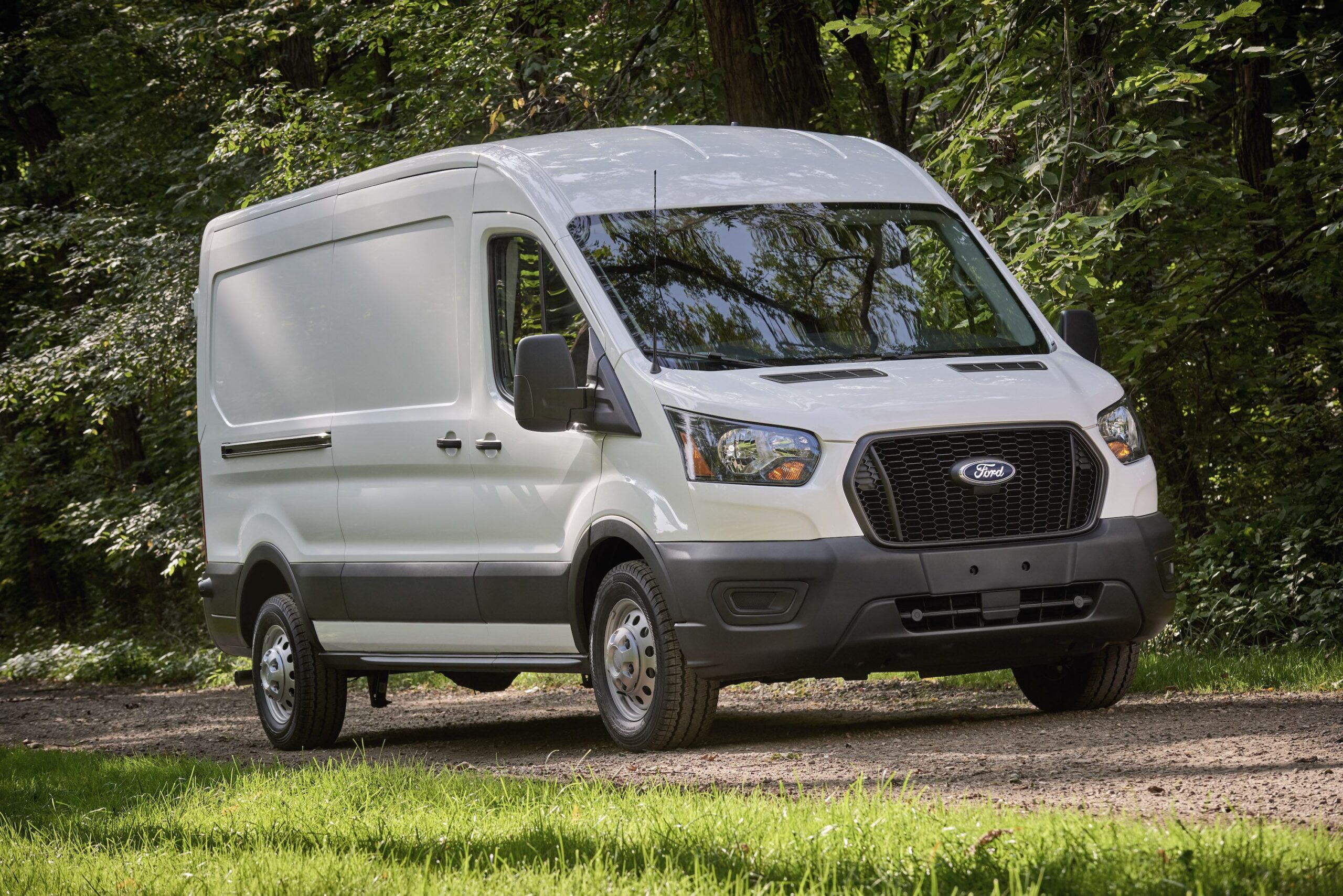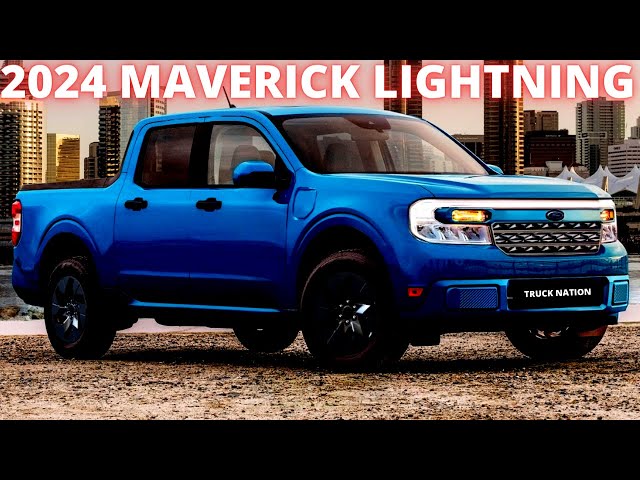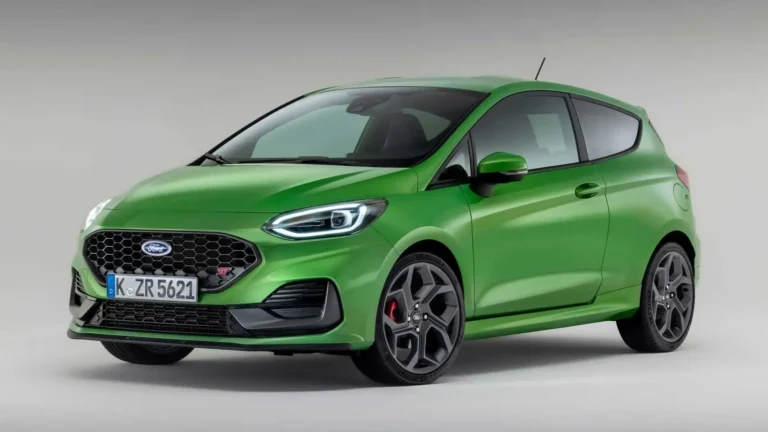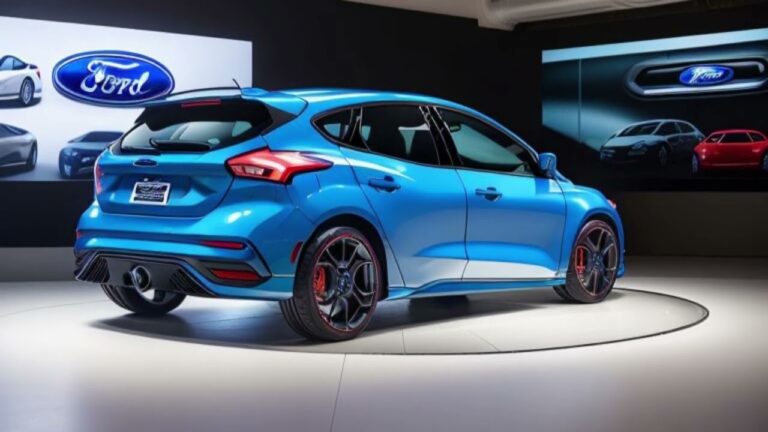The All-New 2026 Ford Transit Crew Van: A Comprehensive Guide
Get ready to embark on an automotive journey as we delve into the realm of the New 2026 Ford Transit Crew Van. This remarkable vehicle combines versatility, performance, and innovation, making it an ideal choice for businesses, families, and adventure enthusiasts alike. Join us as we explore its key features, specifications, and capabilities, providing you with a comprehensive understanding of this exceptional van.
From its powerful engine to its spacious interior, advanced safety features, and stylish exterior, the New 2026 Ford Transit Crew Van is engineered to meet the demands of modern transportation. Whether you’re looking for a reliable workhorse or a comfortable family hauler, this van is poised to deliver an unparalleled driving experience.
Trims and Pricing
The 2026 Ford Transit Crew Van is offered in three trim levels: XL, XLT, and Limited. Pricing starts at £25,000 for the XL, £28,000 for the XLT, and £32,000 for the Limited.
The XL comes standard with 16-inch steel wheels, black bumpers, manual windows and locks, a basic audio system, and vinyl upholstery. The XLT adds 17-inch alloy wheels, chrome bumpers, power windows and locks, a touchscreen infotainment system, and cloth upholstery. The Limited adds 18-inch alloy wheels, a sunroof, leather upholstery, and heated front seats.
All trims are available with a variety of options and packages. These include the Trailer Tow Package, which adds a trailer hitch and wiring; the Safety Package, which adds blind-spot monitoring and lane departure warning; and the Technology Package, which adds adaptive cruise control and a navigation system.
Competition

The Ford Transit Crew Van competes in the full-size van segment, facing rivals such as the Mercedes-Benz Sprinter, Ram ProMaster, and Chevrolet Express. Compared to these competitors, the Transit Crew Van offers a competitive balance of features, performance, and pricing.
Key Features
In terms of features, the Transit Crew Van provides a spacious cabin with ample seating and cargo space. It comes standard with a variety of driver-assist technologies, including lane departure warning, automatic emergency braking, and adaptive cruise control. Additionally, it offers a wide range of optional features, such as a power sliding door, a rearview camera, and a navigation system.
Performance and Pricing
Performance-wise, the Transit Crew Van is powered by a 3.5-liter V6 engine that delivers 275 horsepower and 420 lb-ft of torque. This engine is paired with a 10-speed automatic transmission, providing smooth and efficient shifting. The van has a maximum towing capacity of 7,500 pounds and a payload capacity of 4,650 pounds.
Pricing for the Transit Crew Van starts at around £35,000. This is comparable to the pricing of its competitors, such as the Mercedes-Benz Sprinter, which starts at around £36,000, and the Ram ProMaster, which starts at around £34,000.
Competitive Advantages
One of the key competitive advantages of the Transit Crew Van is its spacious interior. It offers best-in-class passenger and cargo space, making it an ideal choice for businesses that need to transport both people and equipment. Additionally, the Transit Crew Van’s advanced driver-assist technologies provide peace of mind for drivers and help to reduce the risk of accidents.
Disadvantages
However, the Transit Crew Van also has some disadvantages compared to its competitors. One potential drawback is its fuel economy. The Transit Crew Van gets an EPA-estimated 18 mpg in the city and 26 mpg on the highway, which is slightly lower than some of its competitors. Additionally, the Transit Crew Van’s infotainment system has been criticized for being somewhat outdated and lacking some of the features found in newer vehicles.
Target Audience

The Ford Transit Crew Van is aimed at professionals who require a spacious and practical vehicle for their business needs. It’s ideal for transporting tools, equipment, and personnel, making it suitable for a wide range of industries.
These professionals are likely to be running small businesses, tradespeople, construction workers, or contractors who prioritize reliability, durability, and functionality in their vehicles.
Needs and Requirements
- Spacious cargo area for tools and equipment
- Comfortable seating for multiple passengers
- Durable and reliable construction
- Easy access to the cargo area
- Good fuel economy
- Affordable pricing
Alignment with Target Audience
The Transit Crew Van effectively meets the needs of its target audience by providing:
- A large cargo area with multiple seating configurations to accommodate both cargo and passengers
- A robust and well-built exterior and interior that can withstand the demands of daily use
- Sliding side doors and rear barn doors for easy access to the cargo area
- Efficient fuel consumption, reducing operating costs
- Competitive pricing that makes it an accessible option for businesses
FAQs
What is the seating capacity of the New 2026 Ford Transit Crew Van?
The New 2026 Ford Transit Crew Van offers ample seating for up to 15 passengers, making it an ideal choice for transporting large groups.
What safety features are available on the New 2026 Ford Transit Crew Van?
The New 2026 Ford Transit Crew Van boasts an array of advanced safety features, including lane departure warning, automatic emergency braking, adaptive cruise control, and blind spot monitoring, ensuring peace of mind on every journey.
What is the fuel efficiency of the New 2026 Ford Transit Crew Van?
The New 2026 Ford Transit Crew Van offers impressive fuel efficiency, with an estimated highway rating of up to 25 mpg, allowing you to travel further while saving on fuel costs.
What are the different trim levels available for the New 2026 Ford Transit Crew Van?
The New 2026 Ford Transit Crew Van is offered in a range of trim levels, including the XL, XLT, and Limited, each providing a unique combination of features and capabilities to suit your specific needs.




